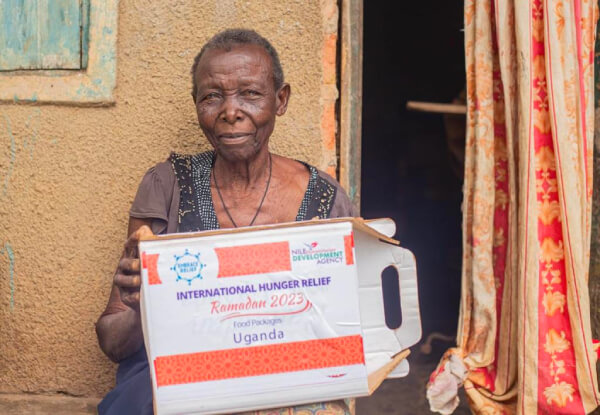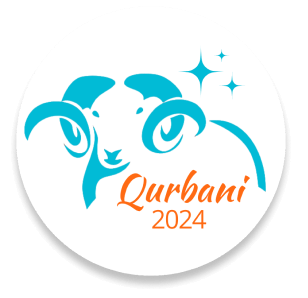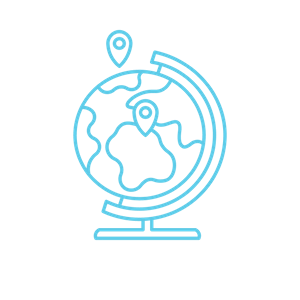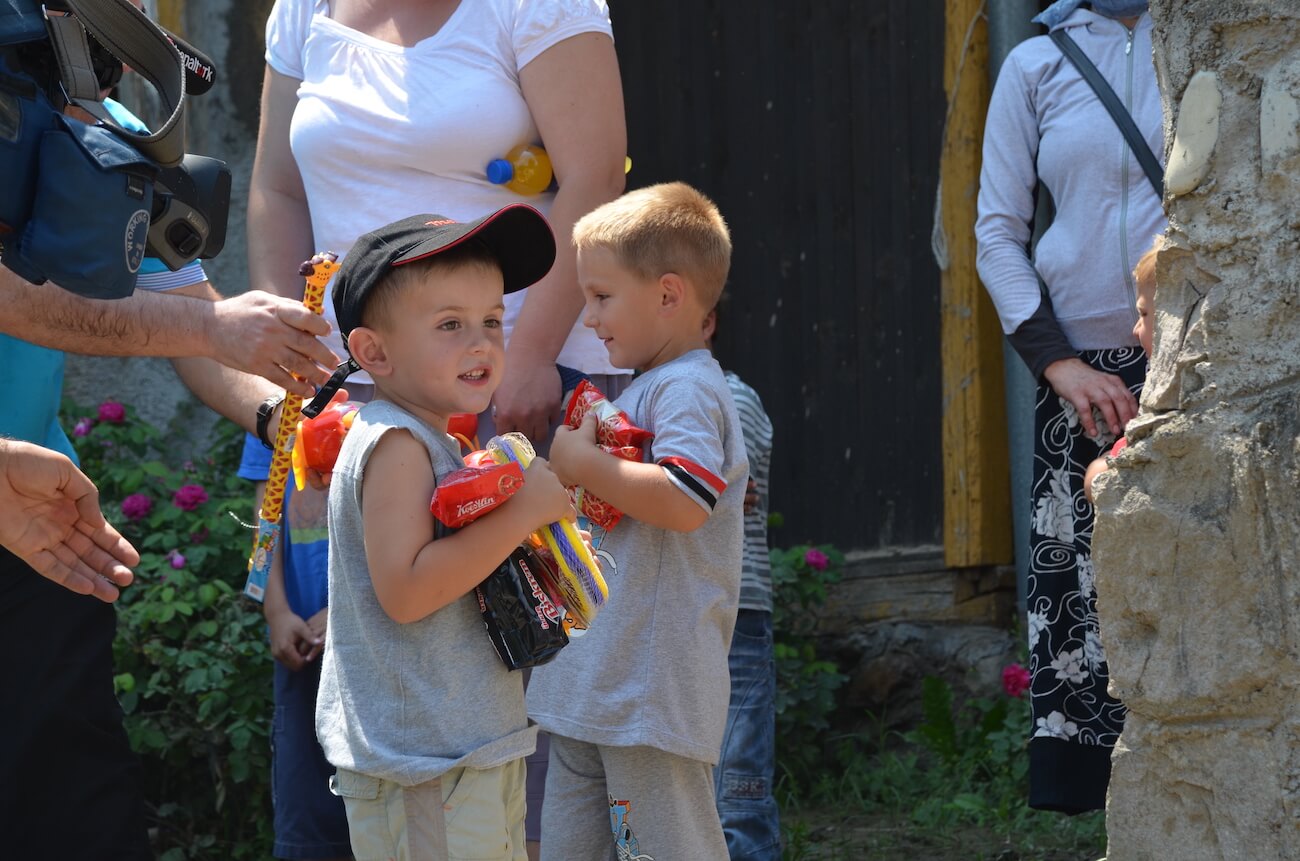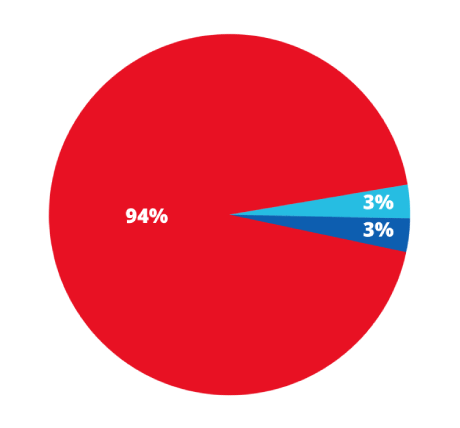Every year, Muslims around the world eagerly anticipate the arrival of Eid ul-Fitr and Eid ul-Adha, but many notice that different countries—and sometimes even communities within the same country—celebrate Eid on different days. This variation in Eid dates is due to the Islamic lunar calendar and different methods of moon sighting.
While some families prepare for Eid celebrations, others struggle with poverty, hunger, and lack of basic necessities. Embrace Relief ensures that underprivileged communities worldwide can experience the joy of Eid through food distributions, clean water projects, and humanitarian aid.
How is Eid Determined? The Role of Moon Sighting
The Islamic calendar follows the lunar cycle, meaning each month begins with the sighting of the new crescent moon. Since the lunar year is 10–11 days shorter than the Gregorian calendar, Eid moves earlier each year.
- Eid ul-Fitr marks the end of Ramadan and begins on the first day of Shawwal, the 10th month of the Islamic calendar.
- Eid ul-Adha falls on the 10th day of Dhul-Hijjah, the final month of the Islamic calendar and the time of Hajj.
The challenge arises because different countries and scholars use different methods to determine the sighting of the moon.
Why Do Some Countries Celebrate Eid on Different Days?
1. Local vs. Global Moon Sighting
Some countries rely on local moon sightings, while others follow a global announcement.
- Local Moon Sighting: Countries like Pakistan, Morocco, and India follow physical moon sightings within their own borders, which can lead to variations in Eid dates.
- Global Moon Sighting: Countries like Saudi Arabia, the UAE, and Turkey often announce Eid based on a regional or international sighting, meaning multiple countries may celebrate on the same day.
This difference in approach often leads to Eid being observed on different days in various parts of the world.
2. Scientific Calculations vs. Naked Eye Sighting
- Some Muslim communities prefer traditional moon sighting, requiring at least two trustworthy witnesses to confirm the new moon.
- Others accept astronomical calculations, which use scientific data to predict when the moon will be visible.
Because of this, some countries announce Eid early, while others wait until the night before Eid to confirm.
3. Weather and Geographic Differences
The ability to see the moon depends on weather conditions, location, and time zones. The moon may be visible in one country but obscured in another due to clouds or atmospheric conditions.
For example:
- If the moon is sighted in Saudi Arabia but not in Morocco, Saudi Arabia may celebrate Eid a day earlier.
- Countries in East Asia might have a delayed moon sighting due to their position on the globe.
4. Religious Authority Decisions
Each country has a national Islamic authority responsible for announcing Eid. Some examples include:
- Saudi Arabia: Supreme Court and official moon sighting committee.
- Egypt & Turkey: Religious affairs departments and government councils.
- United States & UK: Local mosque councils or national Islamic organizations.
Because different scholars and committees have different rules for confirming the moon sighting, some communities within the same country may even celebrate on different days.
Countries That Often Observe Eid on Different Days
Some of the most common regional differences in Eid dates include:
- Saudi Arabia vs. South Asia: Saudi Arabia often celebrates Eid a day before India, Pakistan, and Bangladesh due to differences in moon sighting criteria.
- North Africa vs. the Middle East: Morocco frequently observes Eid later than Saudi Arabia and Egypt due to its western geographic location.
- Western Countries: In the United States, Canada, and the UK, Eid dates can vary among local mosques, with some following local sighting and others following Saudi Arabia’s announcement.
How Embrace Relief Helps Families Celebrate Eid
Regardless of when Eid is observed, millions of families face economic hardship and food insecurity, making it difficult for them to celebrate. Embrace Relief provides vital aid to help ensure no family is left behind during this special time.
Ways You Can Help
- Donate to Eid food programs to provide meals for struggling families.
- Contribute to Qurbani meat distribution during Eid ul-Adha.
- Support clean water projects so communities can access safe drinking water.
- Sponsor orphans to ensure vulnerable children receive food, clothing, and education.
Final Thoughts: Celebrating Eid Together Despite Differences
While Eid dates may vary across different regions, the spirit of Eid remains the same—a time of faith, unity, and generosity. Whether celebrating on one day or the next, what matters most is the opportunity to give, share, and uplift others.
No matter when you celebrate, make this Eid meaningful by supporting those in need. Donate to Embrace Relief today and help bring joy to families worldwide.
